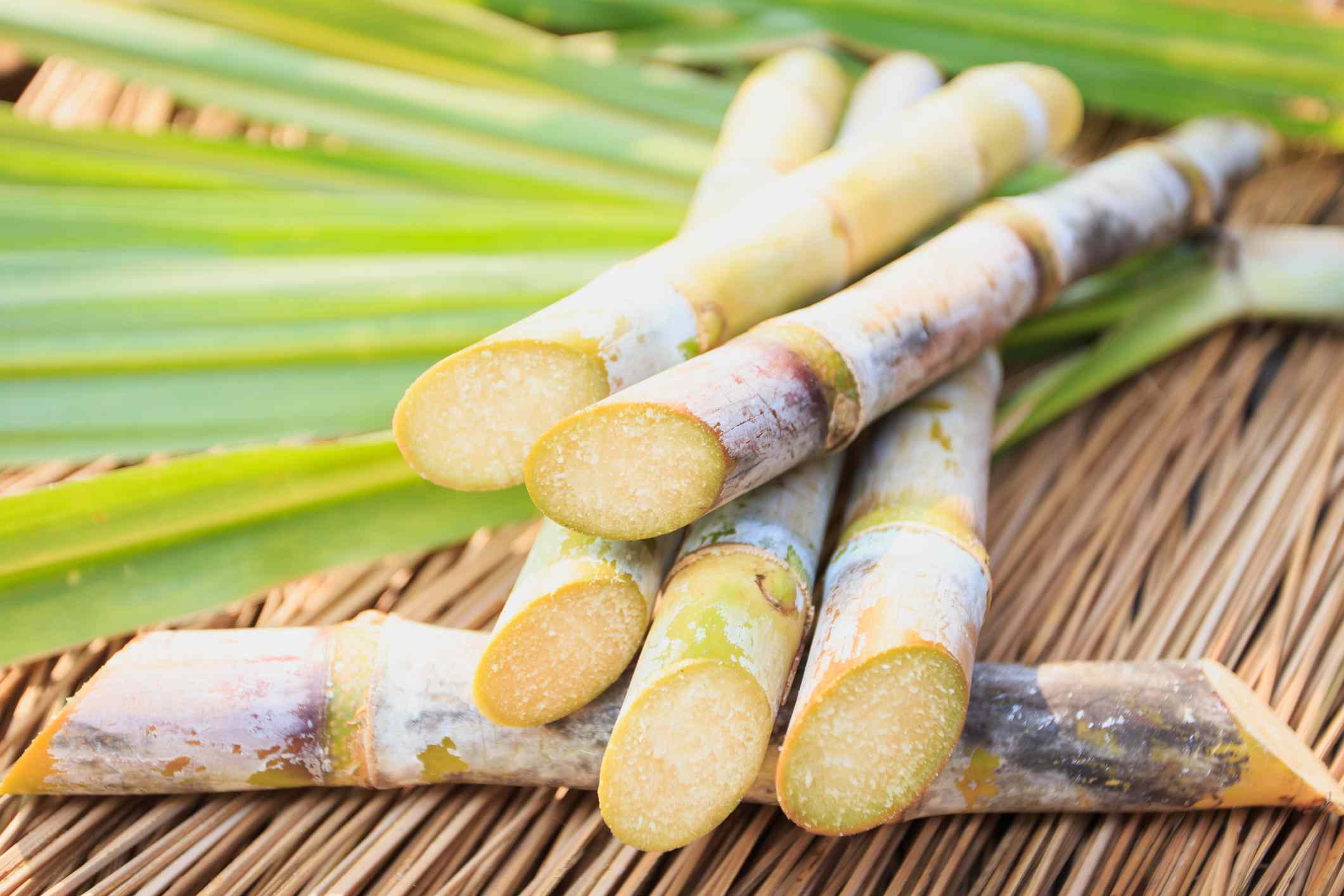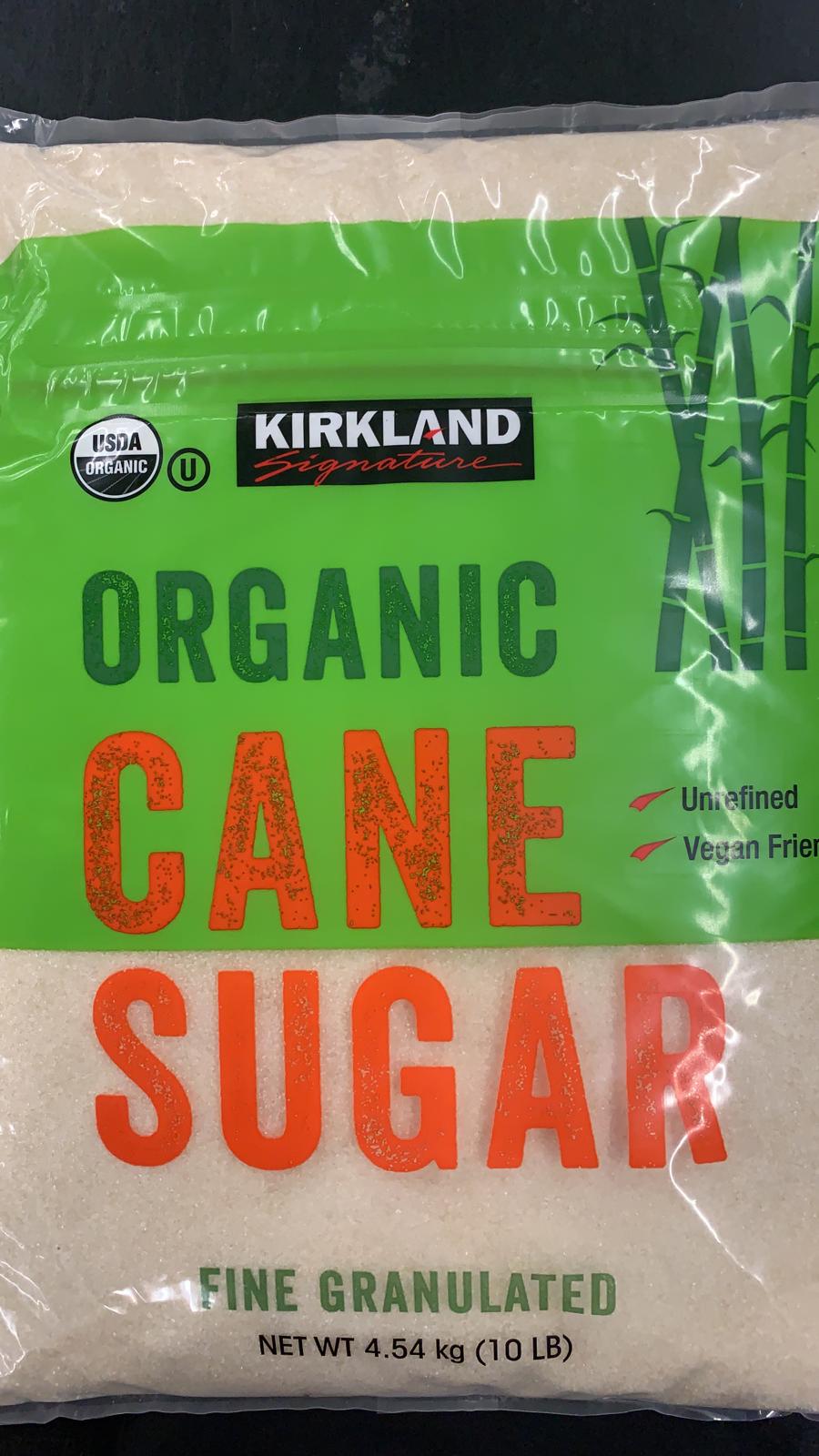Cane Sugar Processing: From Field to Table-- A Step-by-Step Overview
Cane Sugar Processing: From Field to Table-- A Step-by-Step Overview
Blog Article
A Comprehensive Guide to the Environmental Impact and Sustainability Practices in Cane Sugar Processing
The environmental impact of walking stick sugar processing provides a complicated variety of difficulties that warrant cautious exam. From dirt degradation and excessive water usage to the carbon footprint connected with growing and production, the repercussions of conventional methods are significant. In comparison, the fostering of cutting-edge sustainability measures provides a pathway towards a lot more liable manufacturing methods. Understanding the interplay between these issues is essential for stakeholders in the market. What certain methods can be carried out to strike an equilibrium in between productivity and environmental stewardship? The answers lie in a better take a look at both the difficulties and prospective options.
Overview of Walking Cane Sugar Processing
Walking cane sugar handling includes a series of organized steps that change sugarcane into refined sugar. Originally, collected sugarcane is transported to refining centers, where it undertakes cleaning to get rid of soil and particles. Following this, the walking stick is crushed to extract juice, which is after that cleared up by removing contaminations with home heating and the enhancement of lime.
The clarified juice undertakes evaporation, where water is gotten rid of to focus the sugar content. These crystals are separated from the continuing to be syrup using centrifugation, resulting in raw sugar.
The last product is then dried and packaged for circulation. Throughout this entire process, preserving performance and quality assurance is vital to make certain the sugar meets industry standards. Each action in cane sugar processing not only contributes to the final product but also has implications for resource use and waste generation, setting the phase for conversations on sustainability and ecological influences linked with sugar manufacturing.
Ecological Obstacles of Manufacturing
The manufacturing of walking stick sugar provides numerous substantial ecological obstacles that warrant interest. One main worry is the considerable use agrochemicals, consisting of pesticides and plant foods, which can bring about dirt deterioration, biodiversity loss, and contamination of regional water sources. The overflow from sugarcane fields frequently brings these chemicals into nearby ecosystems, disrupting marine life and influencing the wellness of neighborhoods reliant on these water bodies.
Another challenge is the high energy intake connected with sugarcane handling. The boiling and refining phases need substantial warmth, mostly generated by melting fossil gas, adding to greenhouse gas discharges. Additionally, the expansive acreage required for sugarcane cultivation can lead to logging and habitat devastation, more worsening climate adjustment and threatening wildlife.
In addition, the labor methods in some regions increase moral problems, as workers may encounter bad working conditions and insufficient salaries. This scenario typically perpetuates a cycle of destitution in regional areas. Cane Sugar Processing. Dealing with these ecological difficulties is crucial for creating much more sustainable techniques in walking stick sugar production, eventually profiting both the atmosphere and the areas included in this sector
Water and Land Use Effect
Water sources and land usage are important parts in the cane sugar market that significantly impact the atmosphere. The growing of sugarcane calls for substantial water input, with quotes recommending that it can eat up to 2,000 liters of water per kilogram of sugar created. This extensive use water usually results in exhaustion of regional water sources, influencing not just the sugarcane haciendas but also surrounding ecosystems and neighborhoods that count on the very same water sources for agriculture and residential usage.

In addition, land use for sugarcane growing can result in deforestation and the conversion of natural habitats into monoculture vineyards. This technique decreases biodiversity, interferes with local ecological communities, and adds to soil destruction. The expansion of sugarcane fields usually intrudes on beneficial agricultural land, producing competitors for sources between food and biofuel production.
Lasting techniques, such as optimizing irrigation methods and applying crop rotation, are necessary to minimize these impacts. By adopting a lot more reliable water use and land management methods, the walking cane sugar industry can decrease its environmental impact, ensuring a balance between farming performance and environmental preservation.
Greenhouse Gas Emissions
Greenhouse gas emissions represent a considerable ecological problem within the cane sugar processing market, especially as farming practices expand to satisfy worldwide need. The cultivation of sugarcane, a crop that thrives in exotic environments, counts heavily on synthetic fertilizers and pesticides, which add to nitrous oxide exhausts. In addition, land-use changes, including logging for brand-new sugarcane haciendas, launch co2 kept in plant life and dirt.
Throughout handling, power consumption is an additional significant source of greenhouse gas exhausts - Cane Sugar Processing. Numerous sugar mills utilize fossil gas to Source power machinery and generate warm, resulting in substantial carbon impacts. Furthermore, the transport of raw sugarcane and completed products includes layers of emissions via fuel burning in cars
The cumulative result of these emissions aggravates climate adjustment, presenting risks not only to the environment however also to the lasting practicality of the sector. Stakeholders should identify the urgent requirement for comprehensive approaches that deal with these exhausts. This involves examining current agricultural techniques, processing approaches, and transportation systems to recognize areas for enhancement and reduction. Dealing with greenhouse gas exhausts is vital for cultivating a more sustainable walking stick sugar market in a transforming climate.

Sustainable Practices and Innovations
Lasting practices and innovations are progressively important in the cane sugar handling industry as stakeholders look for to reduce environmental impacts while preserving productivity. One considerable development is the application of incorporated crop management, which optimizes source usage by incorporating dirt management, pest control, and crop rotation strategies. This strategy boosts return while lessening chemical inputs and preserving dirt wellness.
Additionally, the fostering of renewable resource resources, such as biomass from sugarcane residues, has gotten grip - Cane Sugar Processing. By converting waste products right into power, processing facilities can minimize their dependence on fossil fuels, thus decreasing greenhouse gas exhausts
Water management methods have actually additionally seen improvements via the recycling and reusing of water in handling plants, considerably minimizing freshwater intake. Innovations in technology, such as precision agriculture, allow farmers to check plant health and resource usage much more efficiently, making sure lasting farming techniques.
In addition, certification programs like Fair Trade and Rainforest Alliance encourage environmentally responsible farming practices and promote social equity within the supply chain. By embracing these sustainable practices and innovations, the cane sugar handling sector can boost its strength and add favorably to ecological stewardship.
Final Thought
The ecological effect of walking stick sugar processing presents substantial obstacles, consisting of dirt deterioration, high water consumption, and greenhouse gas emissions, alongside moral worries connected to labor methods. Dealing with these issues via lasting methods, such as integrated plant administration, sustainable energy fostering, and water recycling, is necessary. By promoting environmentally liable and socially fair methods in sugar production, the sector can reduce its adverse results, next making sure a more lasting future for both ecosystems and areas associated with this industry.
Walking cane sugar processing involves a collection of systematic actions that transform sugarcane right into refined sugar. Each action in cane sugar handling not only adds to the final item yet likewise has implications for visit our website source usage and waste generation, setting the phase for discussions on sustainability and ecological impacts connected with sugar manufacturing.
Greenhouse gas discharges stand for a significant ecological concern within the walking stick sugar handling industry, especially as farming methods increase to meet worldwide need.Sustainable methods and innovations are progressively vital in the cane sugar handling sector as stakeholders seek to minimize ecological impacts while keeping productivity.The environmental effect of walking cane sugar processing presents substantial obstacles, including soil deterioration, high water intake, and greenhouse gas emissions, alongside honest problems related to labor methods.
Report this page